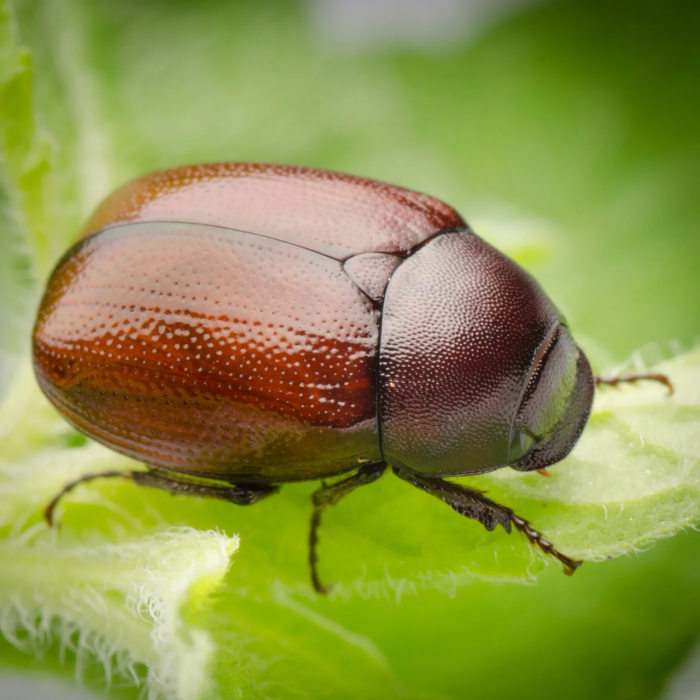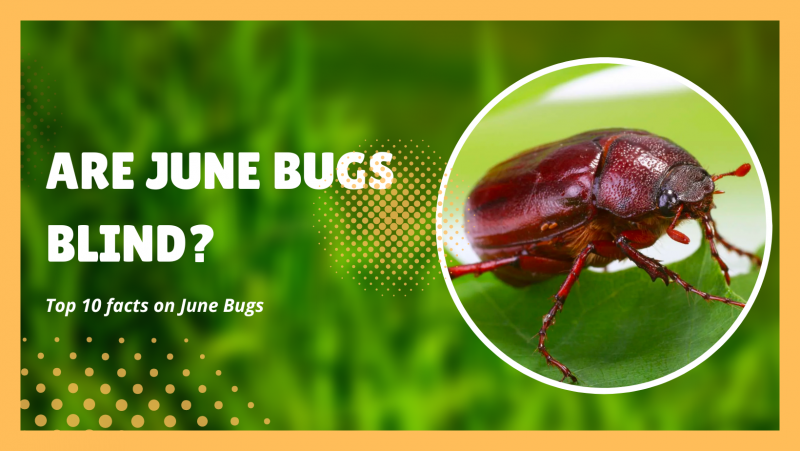Are June Bugs Blind? Do June Bugs Bite? Get To Know All About June Bugs
June bugs are a type of insect in the family of beetles. They are typically small and look unharmful. They are generally found in warmer areas during spring. Kids and adults, both alike, are often interested in spotting them.
Beetles can be pretty interesting to observe, and June bugs definitely are as well. Everyone might have thought at least once, “Are June Bugs Blind?” or “What Do June Bugs Eat?”
June bugs are really unique. Many might have spotted them flying around but barely know anything about them. In case you’d wanna learn more about June Bugs, we’ve got you covered. Are you wondering, “Are June Bugs Blind?” keep reading to find out!

June Bugs FAQs: Debunking Myths About June Bugs
Here are some commonly asked questions regarding June Bugs. We shall be debunking all myths surrounding them and verifying all facts.
More Like This: Are Cockroach Bites Real?
All of the facts discussed have been thoroughly researched and follow the strict guides of etymology. In case you’ve further questions, leave a comment down below, and we’ll get to it!
What Are June Bugs?
June Bugs, or the June beetle/May Bug, are small and round beetles. Like all other beetles, they share similar characteristics but are unique in their own ways. They are attracted to light.
When Are June Bugs Found?
As the name suggests, June bugs are typically found during the months of May-June. They are primarily found in warmer areas all across the northern hemisphere.
The adult June bugs lay eggs in the autumn, and by the spring, the eggs hatch and new bugs come up.
What Color Are June Bugs?
June Bugs are typically green or reddish-brown in color. Their color can vary from area to area. The most commonly found June bugs are either brown or green.

What Do June Bugs Eat?
June bugs typically eat leaves, plants and grass. They are typically herbivorous insects. They belong to the genus: Phyllophaga, which in turn, means ‘leaf-eating’. It’s derived from two greek words: ‘Phyllon’ and ‘Phaga’, (Phyllon = Leaf, Phaga = Eat)
They are a major threat to crops cause they tend to feed on them in excess and might leave them in poor conditions. Farmers need to take proper measures to avoid them on farming grounds. In case any poultry is fed crops previous grazed on by June bugs, they might fall ill cause their fodder will be poisoned.
They typically feed on flowers and plants at night and sometimes cause hefty damage to the plants.
Are June Bugs Blind?
Cause of their appearance, many people wonder, “Are June Bugs Blind?”
But we’re sorry to say that this is a big misconception. June bugs, like most insects, have a compound eye system. Their eyes are typically small and hidden underneath their hard exoskeleton.
Many people think, “Are June Bugs Blind?” because they often have the most random trail of movement. They bump into obstacles and barely ever are vigilant of their motion. But this is not because they don’t have eyes. They have eyes, and they can see like all other insects. They’re just naturally very clumsy.

What Is A June Bugs Body Like?
A June bug is no more than 0.5 inch to 1 inch in length. They are small yet robust. They have a very tough exoskeleton that protects them from danger. Like all other insects, they breathe through spiracles. They have scaly and shiny wings, which they can bat really quickly.

Their larvae, commonly called ‘white grubs’, live within the topsoil throughout the cold months until they hatch open in springs. They can cause heavy damage to pastures, fam lands and gardens as they kill grasses and crops by eating up their root systems.
Summary
So that was all about June bugs! We hope you found this article interesting. We hope we answer every question ranging from ‘Are June Bugs Blind’ to ‘What Do June Bugs Eat’ in good detail. Stay well! Stay pest free!
